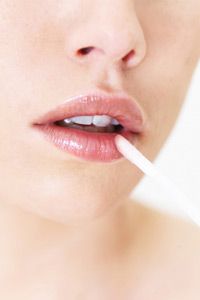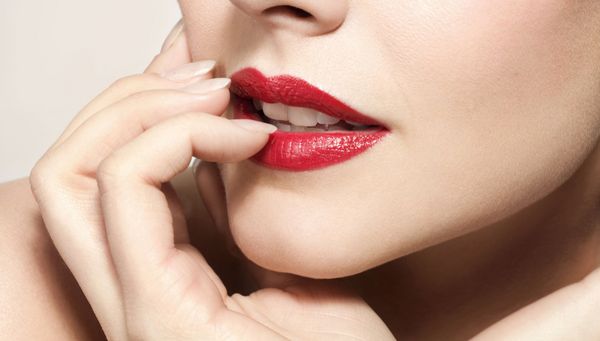Luscious lips are a big business. If you need proof, take a look at Angelina Jolie -- when the Los Angeles Times examined eight movie posters from Jolie's career, it concluded that Jolie's killer kisser is a focal point in each one. Even in the animated flick "Shark Tale," Jolie's character, Lola, is portrayed as a sultry sea siren with pouty red lips [source: Lysaght].
Teri Hatcher also knows a thing or two about the big business of a pretty pucker. In 2007, the "Desperate Housewives" star was sued by cosmetics company Hydroderm. Hydroderm claimed that Hatcher failed to honor a 2005 agreement to act as an exclusive endorser of its cosmetics, including a lip-enhancing product. The $2.4 million suit alleges that Hatcher also endorsed competitor City Cosmetics [source: MSNBC].
Advertisement
A look at photos of Jolie from a young age through her teens shows unmistakably full lips. For the rest of womankind's mere mortals, cosmetics are a popular way to achieve a plumper pout. Cosmetic lip plumpers claim to enhance the fullness of lips. For a relatively minor investment, these products advertise temporary results for those who don't want, or can't afford, injections and other treatments by dermatologists and plastic surgeons.
Lips naturally thin with age because of changes in collagen and fat; sun and smoking can also play a part. An aging population and unrelenting scrutiny of celebrity faces such as Jolie's have resulted in an explosion of popularity for cosmetic lip plumpers in the past few years.
The desire for a plump kisser isn't new. For centuries, women have been trying to perfect their pouts. And that means plenty of time has been focused on creating products to help do just that.
Read on to discover why "bee-sting" might be an appropriate description of some of today's lip plumpers.
Advertisement

